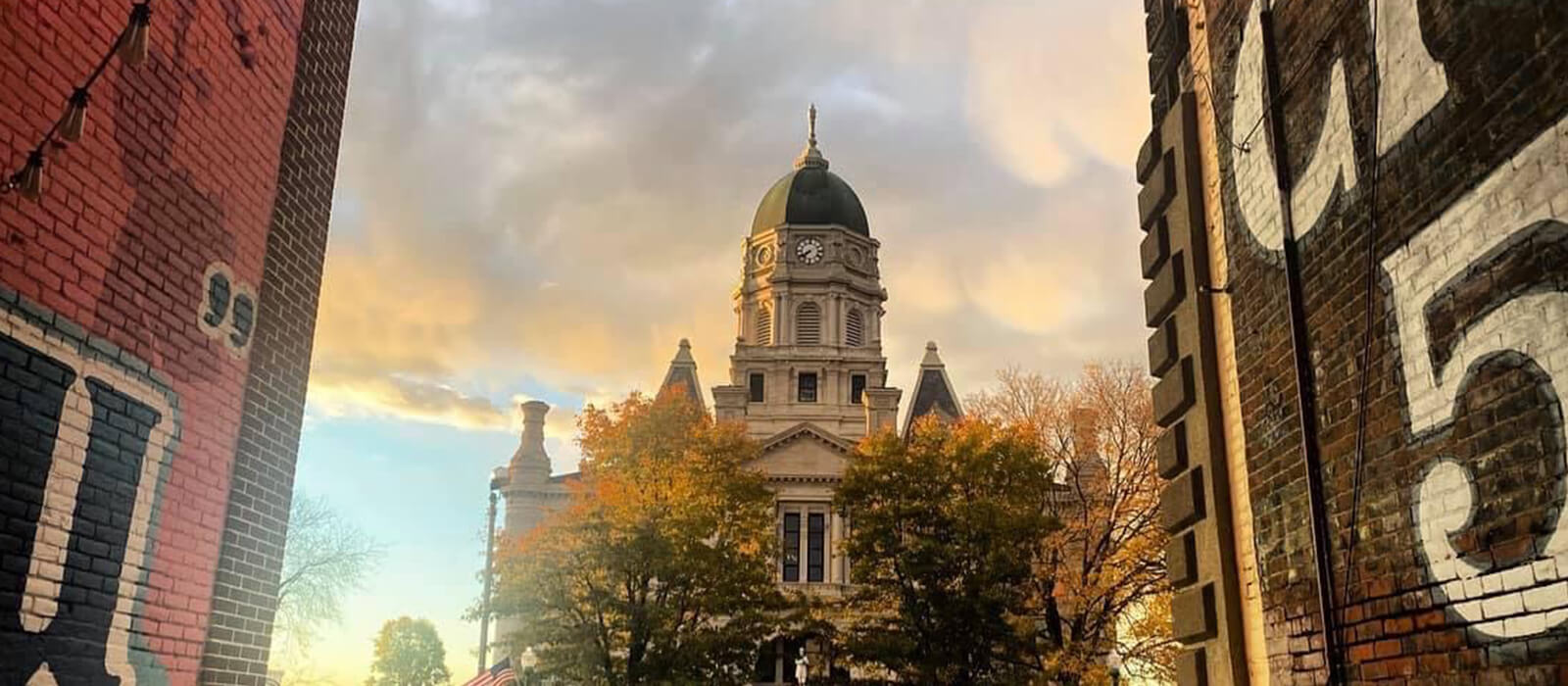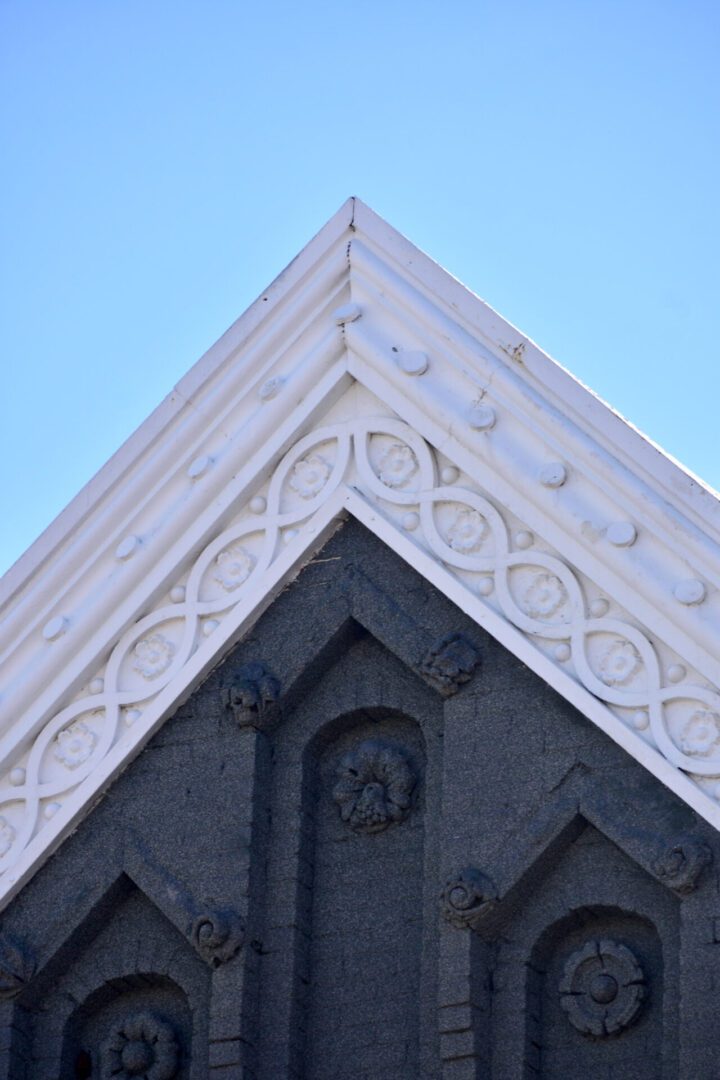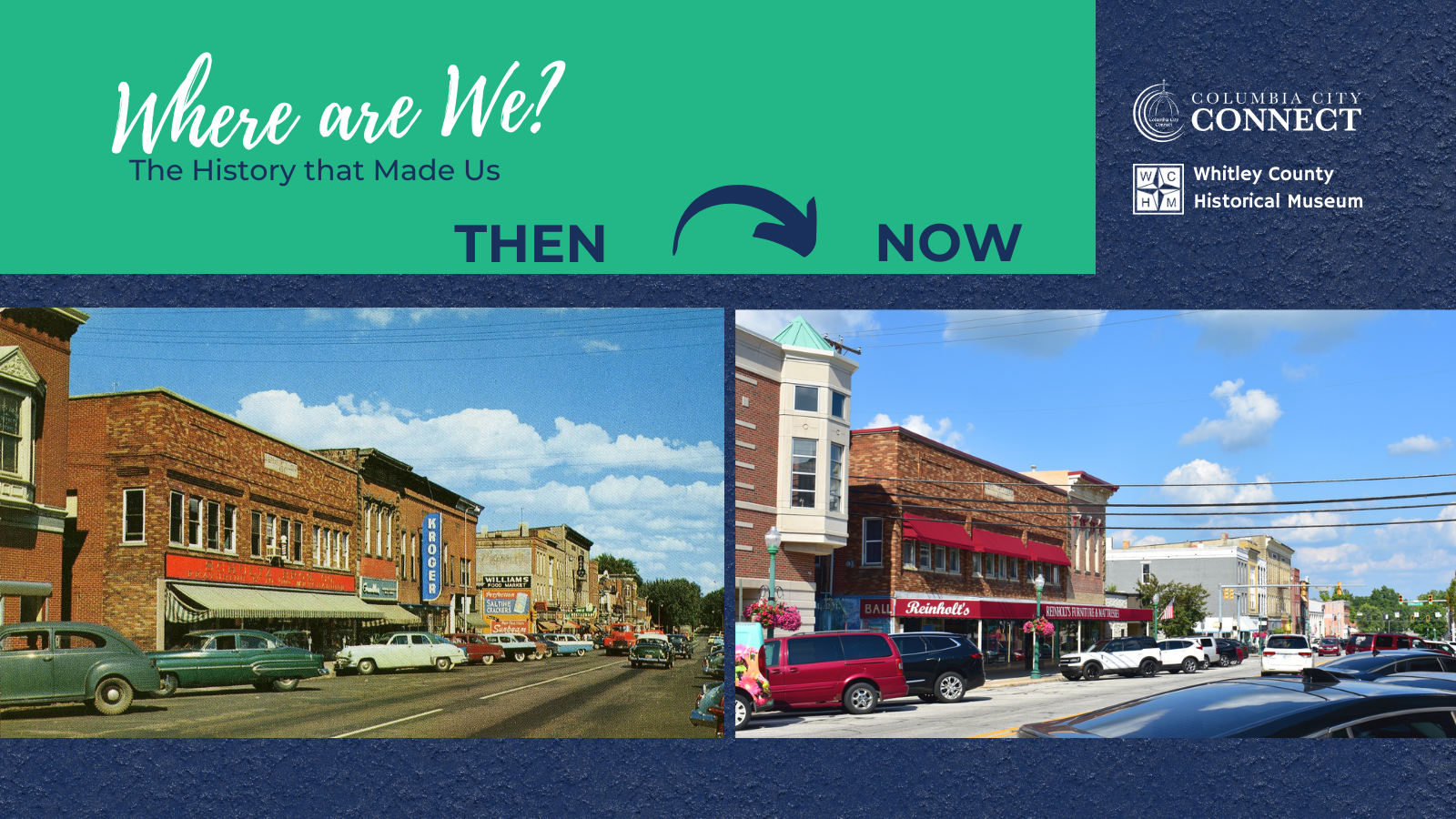
Over a Century of Business: The Life of the Stickler Block
It’s a prominent storefront space in downtown Columbia City. Ball Furniture called this spot home for a number of years. Some people may know this particular section of downtown is called the Stickler Block.
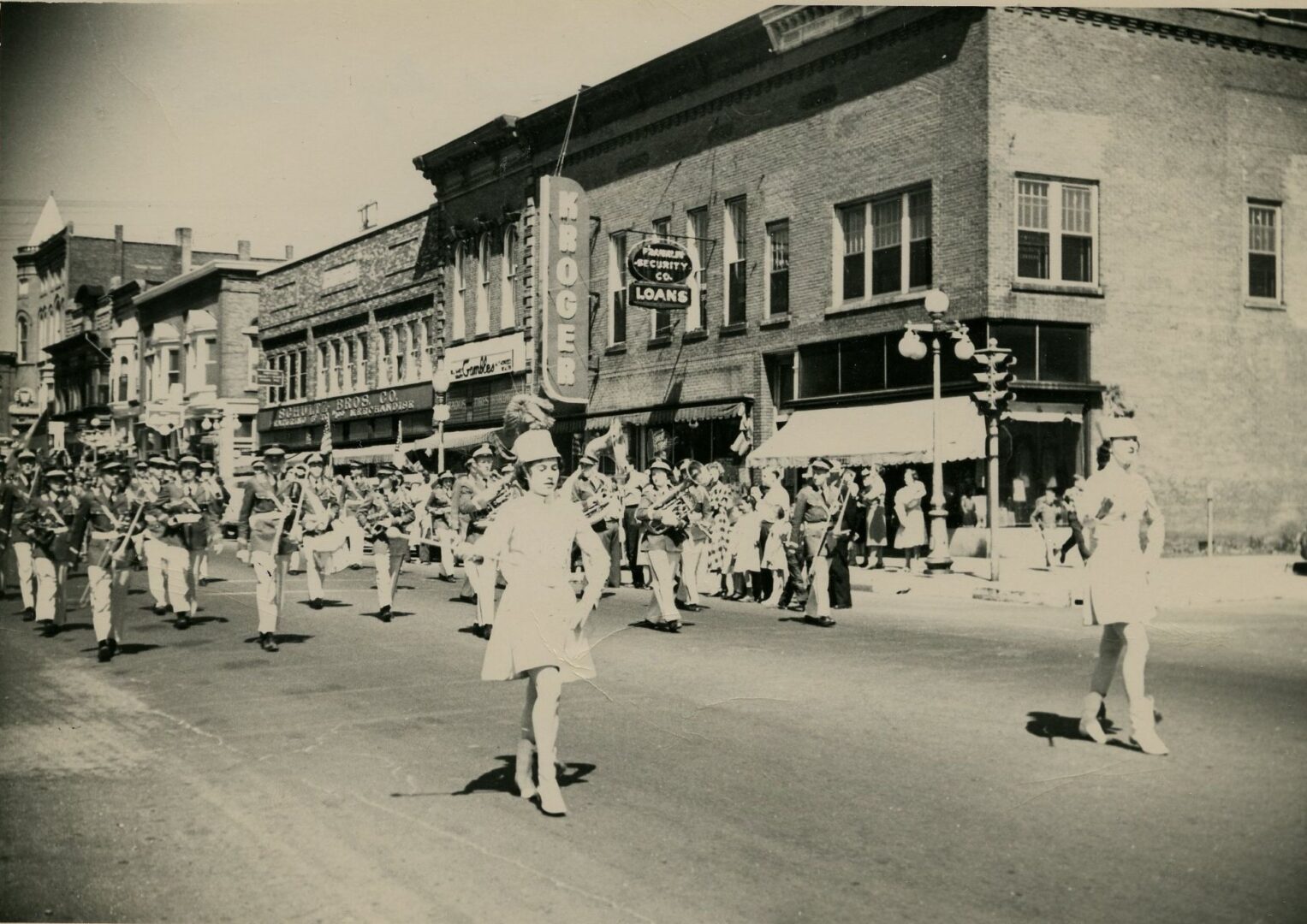
Photo courtesy of the Whitley County Historical Museum.
It gets its name from B. Frank Stickler. He was born on September 7, 1885. When he was younger, he taught schools in Washington and Jefferson townships. He attended Tri-State College in Angola before going on to get a medical degree from the Indiana Medical School in Bloomington in 1911. That same year, Stickler started practicing medicine in Whitley County.
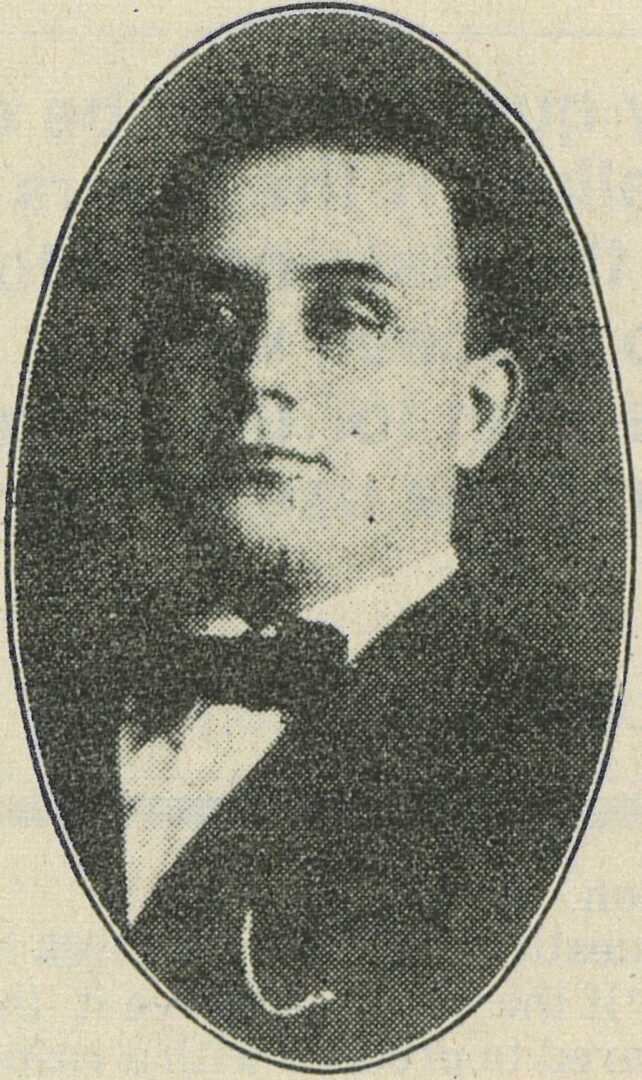
He opened his first practice in Laud, which he continued for a number of years before moving his practice to Columbia City in 1916. In 1912, he was elected county coroner, and he served the role for four years. Stickler received a license as a funeral director and embalmer, and entered business with Charles G. Whitney for a few years. In 1919 Reverend L.A. Luckenbill purchased Whitney’s interest and the company was renamed “Luckenbill & Stickler,” which was a furniture and funeral business.
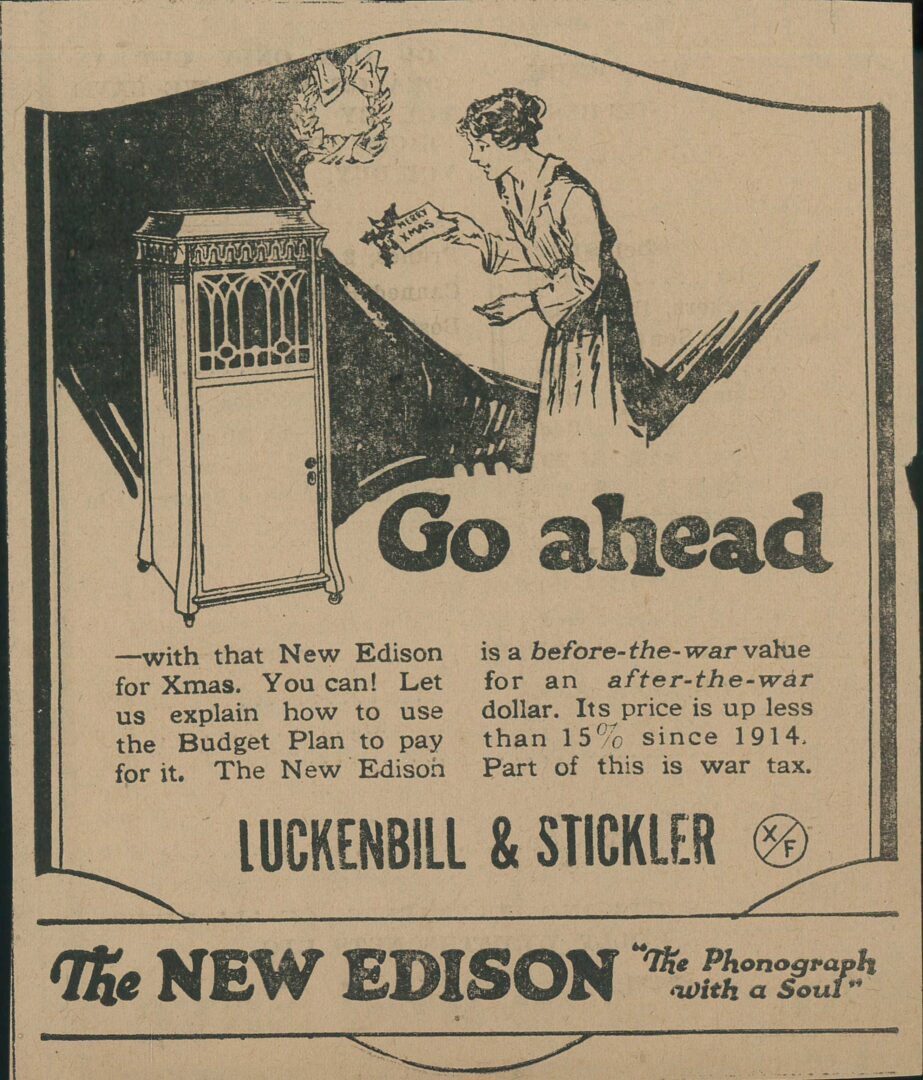
Photo courtesy of the Whitley County Historical Museum.
In June of 1928, Stickler decided to sell his interests to open a medical practice in a more modern building. He purchased property on the west side of Van Buren, and finished construction on the Stickler Block in 1929. He located his practice on the second floor, which he continued until 1951 when his health worsened. He was succeeded by Dr. Thomas A. Hamilton. The upstairs was also apartment rooms. Downstairs became retail space, and was the site of the Eisaman variety store.
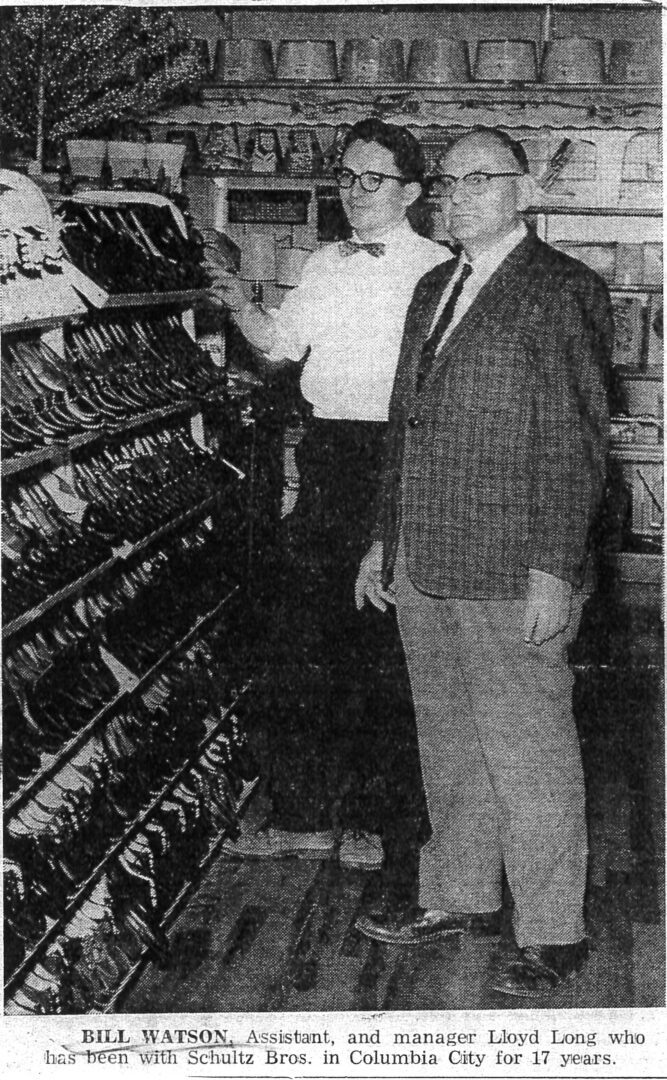
Photo courtesy of the Whitley County Historical Museum.
In 1902, the Schultz Brothers started a five and dime variety store in Wisconsin. It became so popular, the company was able to grow to 76 stores throughout Indiana, Illinois, Iowa, Minnesota and Wisconsin. One of these locations was at this spot in Columbia City. They had already opened a smaller store at a different spot in town, but purchasing the location on Van Buren Street in the 1930s allowed the company to expand its operations and offerings.

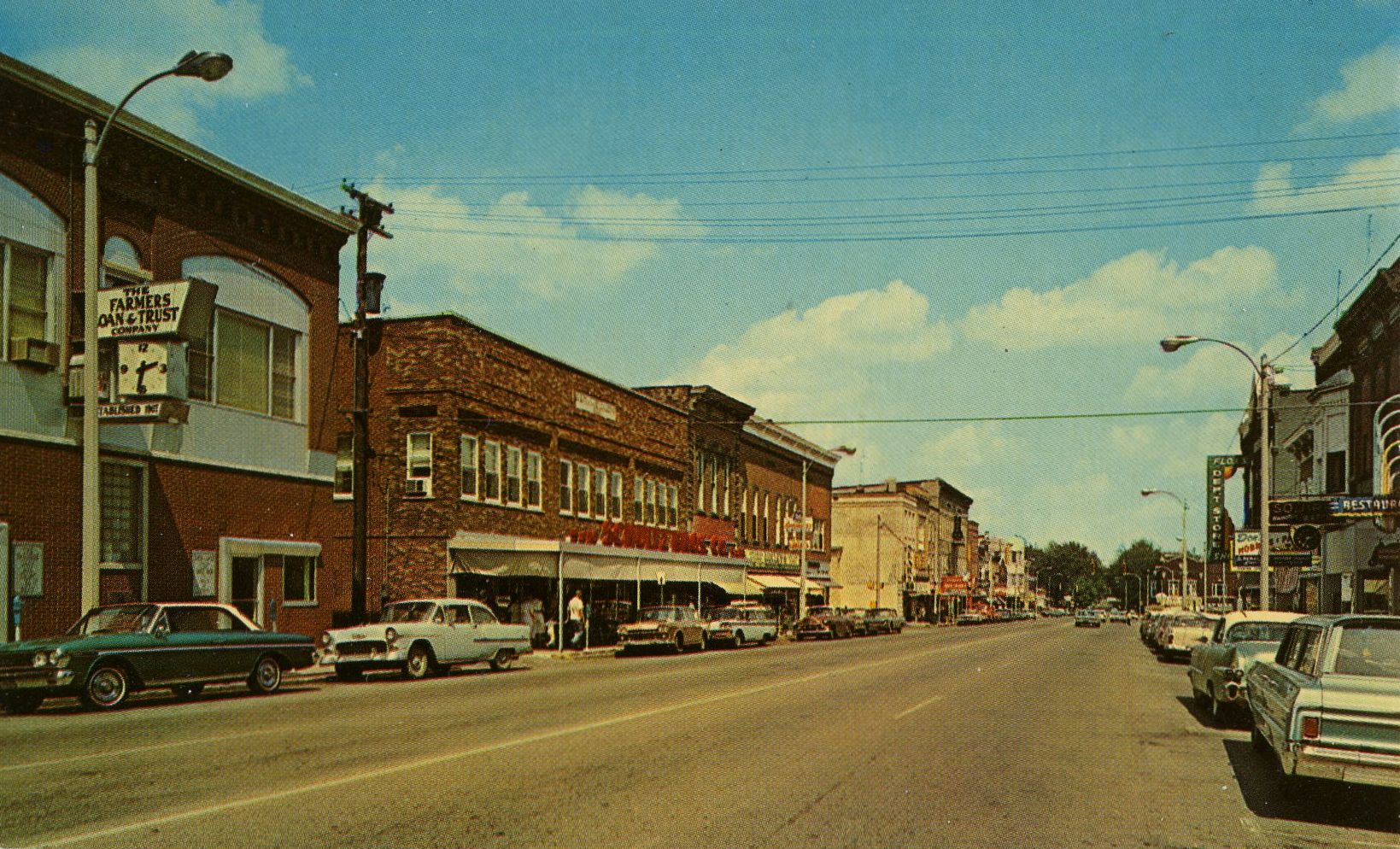
Photo courtesy of the Whitley County Historical Museum.
The Schultz Bros. Co. called this place home well through the 1970s. During that time, it experienced expansion and remodeling three times. Despite this, the store still needed more room to expand. It did so by moving to a newly built location in 1979, which was in the Columbia Square Shopping Center.
By the mid-1980s it had become home to Ball Furniture. Today, Reinholt’s continues to sell furniture from this location.
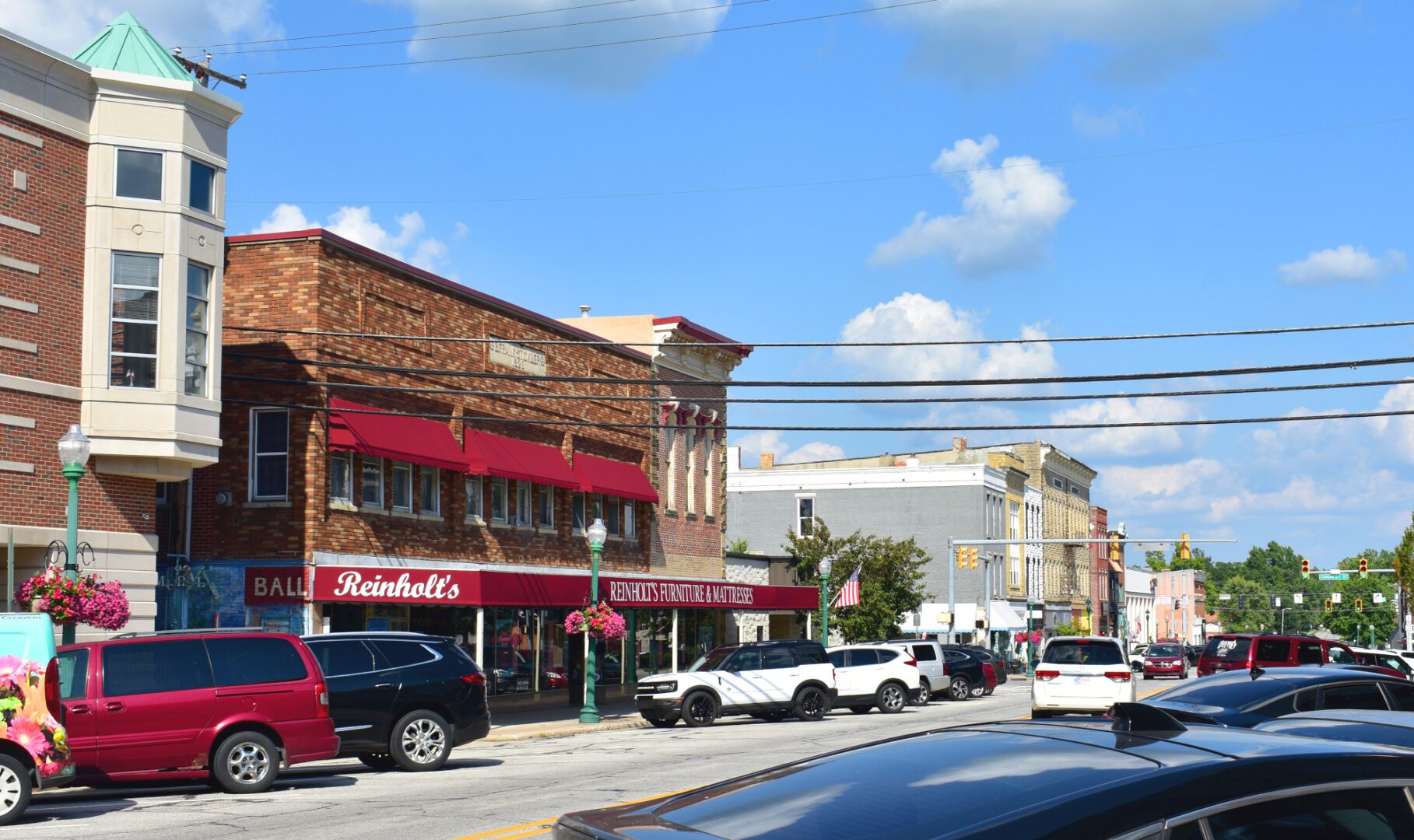
Photo by Nathan Bilger.
Thank you to Rachael Hartman for her outstanding research and writing of the article and the @Whitley County Historical Museum for sharing photos from its collection.
𝑾𝒉𝒆𝒓𝒆 𝒂𝒓𝒆 𝑾𝒆: 𝑨𝒓𝒄𝒉𝒊𝒕𝒆𝒄𝒕𝒖𝒓𝒂𝒍 𝑯𝒊𝒔𝒕𝒐𝒓𝒚
Awnings can be a major component of historic architecture, even though they aren’t really a permanent part of a building. This awning is one of three installed across the second floor windows of 212 West Van Buren Street, now occupied by Reinholt’s Furniture & Mattress.

Photo by Nathan Bilger.
In addition to the awnings above, the first floor is shaded by a canopy that has been a fixture since the 1960s. Awnings were once prevalent on the storefronts on the north side of Van Buren Street, where large glass display windows needed to be shaded from the summer sun, but fabric awnings could be folded up during winter to let the warm sun shine in.
Once central heating and cooling became common post-World War II, awnings became more of a maintenance nuisance than an asset. Some were replaced with fixed canopies, such as this one, which provided shade and year-round weather protection for pedestrians with less maintenance cost.

Photo by Nathan Bilger.
The 1970s and 80s saw a comeback of some awnings as an architectural feature, although often they were more for advertising and not always historically-sensitive.
While seemingly simple items, the design and application of awnings are such important parts of historic architecture, entire historic preservation classes are devoted to the topic!
Thank you to Nathan Bilger for providing the recent photos and valuable insights into the architectural history.
For more Columbia City History, check out the Windows into History series at the Columbia City Connect’s website: Windows into History Archives – Columbia City Connect
